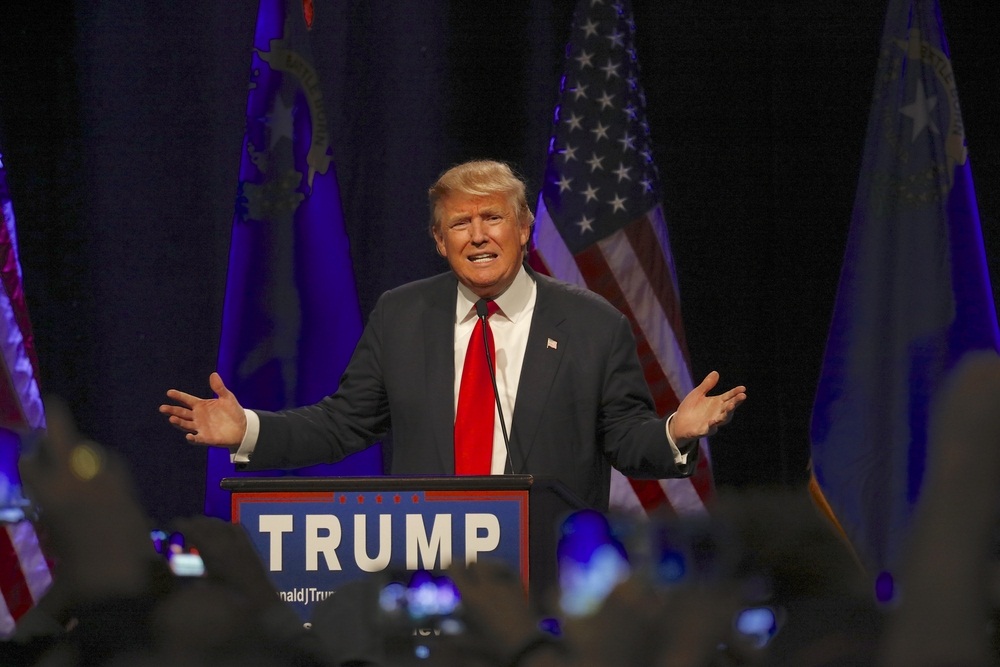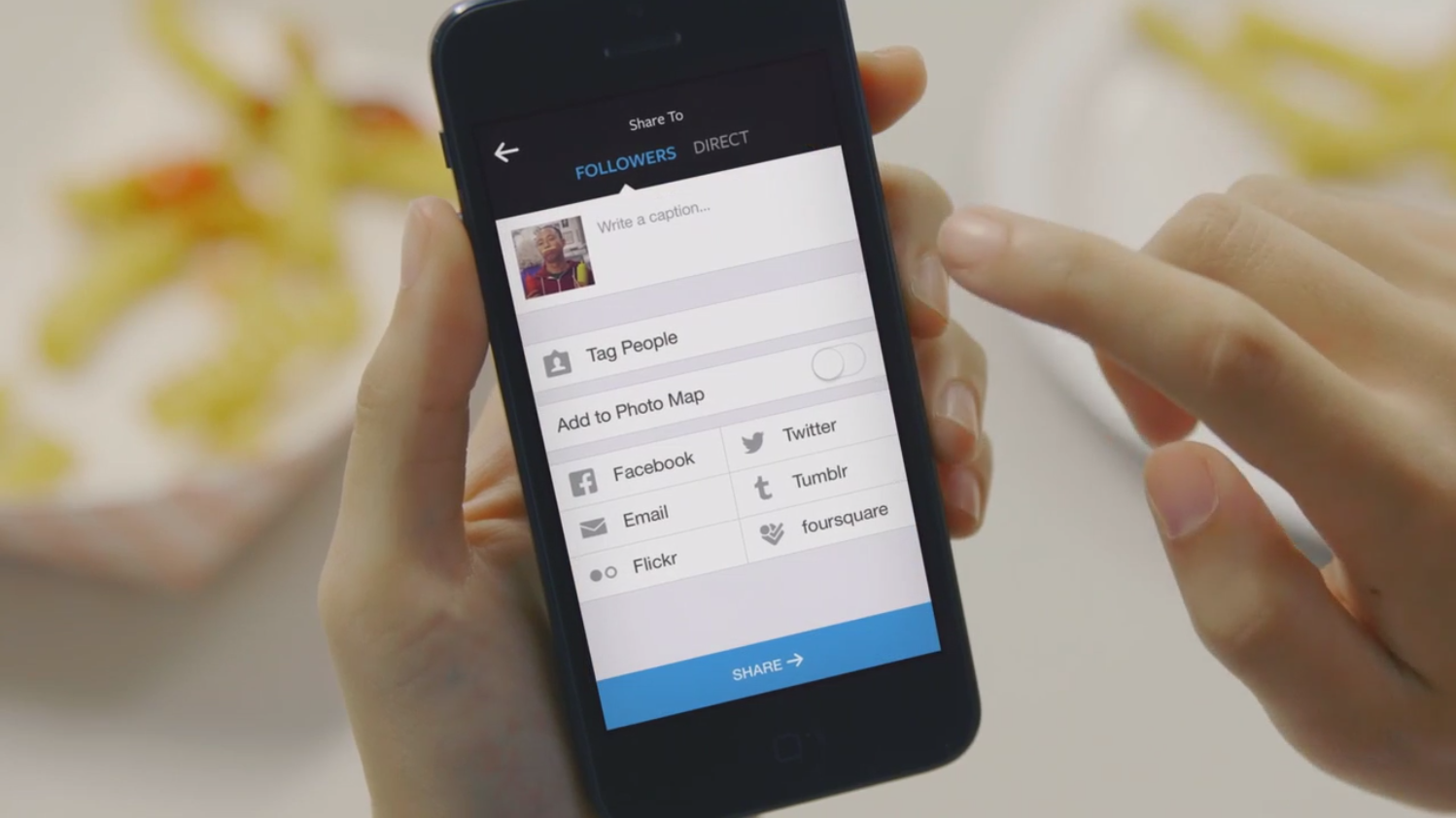Technological ages give us an easy way to look at development in the human race. We’re all familiar with the Stone Age, Bronze Age, and Iron Age as precursors to medieval technology, for example, and each of these ages carries with it a set of achievements, milestones, and technological advancements.
Many of us were later (much later) born in the Industrial Age, and perhaps grew up during the Atomic Age or the Space Age. But like many areas of late, technology, too, has gone digital, and as the calendar turned to the 21st century, so too did we turn to the Information Age. And just as the Industrial Revolution ushered in new ways of producing goods and delivering services, the Digital Revolution saw the onset of new ways to disseminate information and connect to other people, often quite rapidly.
Misinforming the public
Lately, though, it seems the Information Age is mutating into the Misinformation Age. And it’s coming at us from several directions, too. The most obvious one lately seems to be the Trump White House. Whether it’s ignorance, deliberate misleading, or flat-out lying, nobody really knows, but the sheer quantity of misinformation coming from the administration – and Trump himself – almost defies belief.
In the first month of his presidency, Trump has made provably false statements about the size of his inauguration crowd, the ‘standing ovation’ he received at CIA headquarters, the ‘millions’ of ‘illegal’ votes cast in the election, the country’s murder rate, the news coverage given to terror attacks, the vetting process refugees trying to enter the US must undergo, and even a nonexistent terror incident in Sweden.
In fact, Trump and his top aides have fabricated and referenced three nonexistent terrorist attacks in an effort to sell their controversial travel ban, which was nullified by a Federal court. The Bowling Green Massacre was the most laughably fake of these, referring to a small town in Kentucky, but there was supposedly also a terrorist attack in Atlanta, and most recently, Trump’s baffling reference to an attack in Sweden.
None of these attacks happened. When confronted, Trump and his minions all had handy excuses for their falsehoods. The Bowling Green ‘Massacre’ was simply the arrest of two terrorist sympathisers there who hadn’t even planned an attack, let alone carried one out. Atlanta? Oh, he meant to say the mass shooting in the Orlando nightclub. Sweden? Even though he phrased it to suggest an attack occurred, Trump claimed he was just referencing some talk show he had watched on Fox News the previous night which mentioned a crime rate increase in Sweden. And in the follow-up, it was determined that even that story was filled with selective, misleading editing and general misinformation.
There is now increasing talk of the possibility that these statements – which are oftentimes blatantly and provably false – are tools used to distract from something else going on. Just recently, a significant (new) scandal erupted in the Trump administration over his newly appointed Attorney General seemingly lying under oath about his own contacts with Russian officials. Within days, Trump fired off another ridiculous Tweetstorm about former President Obama supposedly wiretapping the Trump Tower during the election campaign in 2016. There is no evidence of this (direct or indirect), Obama’s team has flatly denied it, and even members of Trump’s party are refusing to touch this one, noting the total lack of evidence. A sitting president openly accusing a former president of an illegal use of executive power like this is unprecedented, but the real possibility exists that Trump is just using this ‘fake news’ bit to distract Americans from the Attorney General issue and the growing scandal of ties between the Russians and Trump’s administration.
The rise of false information on social media
So we’re not even through the first quarter of 2017, and already phrases like ‘fake news’ and ‘alternative facts’ have entered our daily lexicon. The Digital Age is built for this kind of misinformation contagion, too, because things can be spread fast and wide with almost no filters or fact checks. Here in Malaysia, officials have urged netizens not to quickly believe everything they read online, and not to spread false stories on social media. And yet, anyone with a Facebook or Twitter account can effortlessly push misinformation to large numbers of people. Instagram isn’t exempt from this phenomenon, either.
Stories have been published about users with huge numbers of followers realising that the images they’re posting are not real life: it’s misinformation carefully distilled into a snapshot. Australian teen sensation Essena O’Neill made headlines just over a year ago when she announced she was walking away from Instagram and her legions of followers, numbering over half a million. She deleted most of her posts, and on the remaining few, edited the captions to describe how the picture simply didn’t align with reality. She explained, “I just want younger girls to know this isn’t candid life, or cool, or inspirational. It’s contrived perfection made to get attention.”
And just last month, Instagram fitness star Carys Gray addressed the misinformation plaguing the app in a different way: she posted side-by-side photos of herself, one wearing make-up with the photo carefully edited and cropped, the other with no make-up and no editing, showing her with an outbreak of blotchy red eczema on her face. Her caption? “Social media vs. reality. Both are me and both are totally acceptable, but here’s a reminder that next time you see something on social media… it’s not the full story, it’s not how that person will look or be all the time!”
The somewhat hidden cost of being bombarded with misinformation day in and day out – whether trivial or more serious – and constantly resisting, is a slow mental drain. Masha Gessen, the Russian dissident who left her country to escape the Putin government’s persecution, said it was only after leaving that she realised what a price she had paid for living in such a state of mental siege for over a decade. Though pushing back against the onslaught of false propaganda was at times thrilling, she said, it was also intellectually deadening.
“When you are fighting [against the tide of misinformation], you stop learning. You stop reading theory. You stop reading about things that aren’t part of the immediate fight.” There’s simply no time for intellectual or spiritual growth and discovery because you’re consistently being subjected to what Slate columnist Michelle Goldberg wryly called “denial-of-service attacks on your attention.”
The Digital Age has brought many good things to our lives, but it comes with a notable caveat, too. Human nature is what it is, and propaganda and misinformation are not new constructs. George Orwell wrote, “In a time of universal deceit, telling the truth is a revolutionary act.” Perhaps he was right. One things is certain, though: the digital domain has made his dystopian (and prescient) fears of misinformation that much easier to be realised.
This article was originally published in The Expat magazine (March 2017) which is available online or in print via a free subscription.
"ExpatGo welcomes and encourages comments, input, and divergent opinions. However, we kindly request that you use suitable language in your comments, and refrain from any sort of personal attack, hate speech, or disparaging rhetoric. Comments not in line with this are subject to removal from the site. "
























If u can access your fb without a wifi nor internet?i think we are getting there!
When I was a rookie working in the Press my old boss used to say that in the papers you can only trust the cinema listings and the 4D results. The rest you read between the lines.